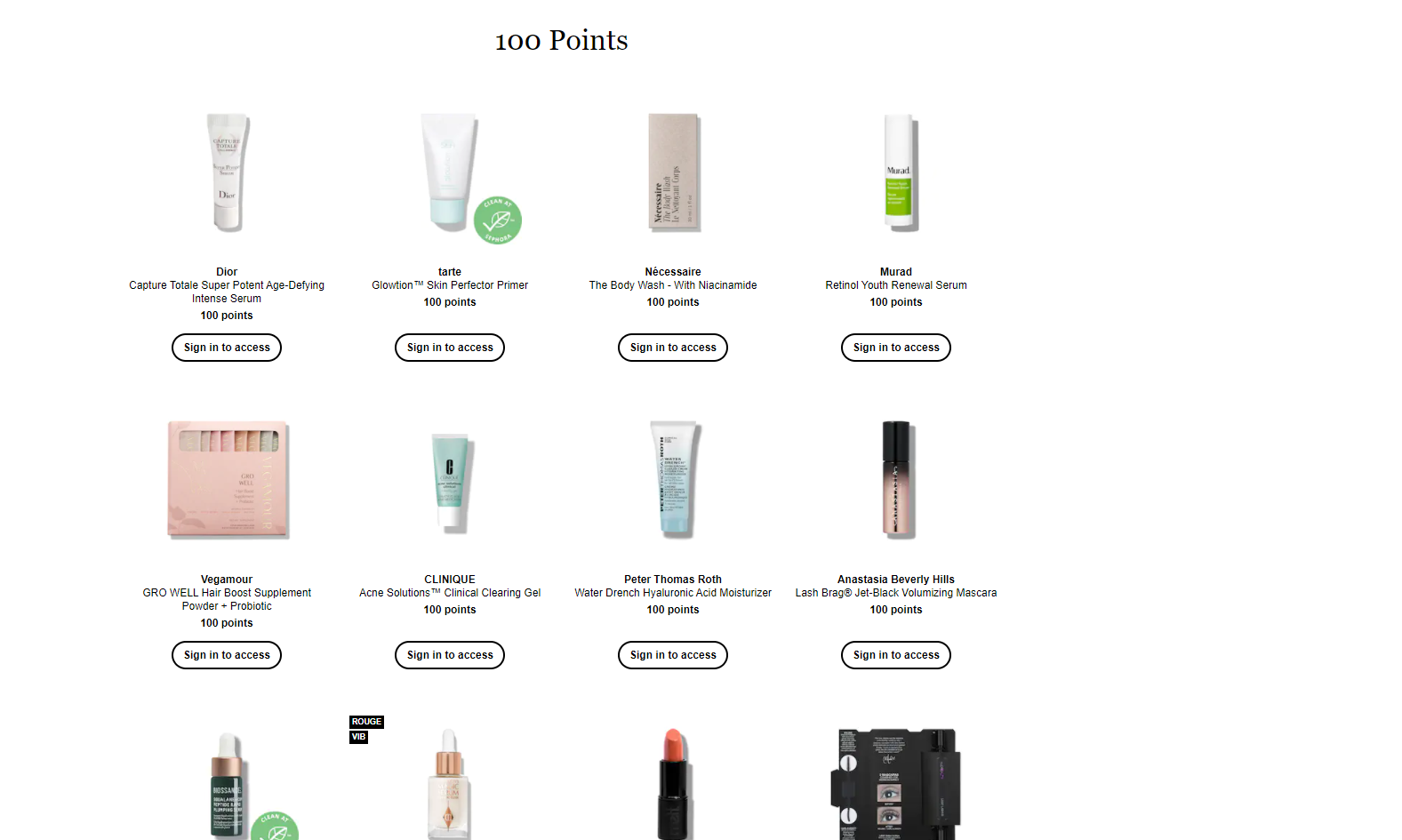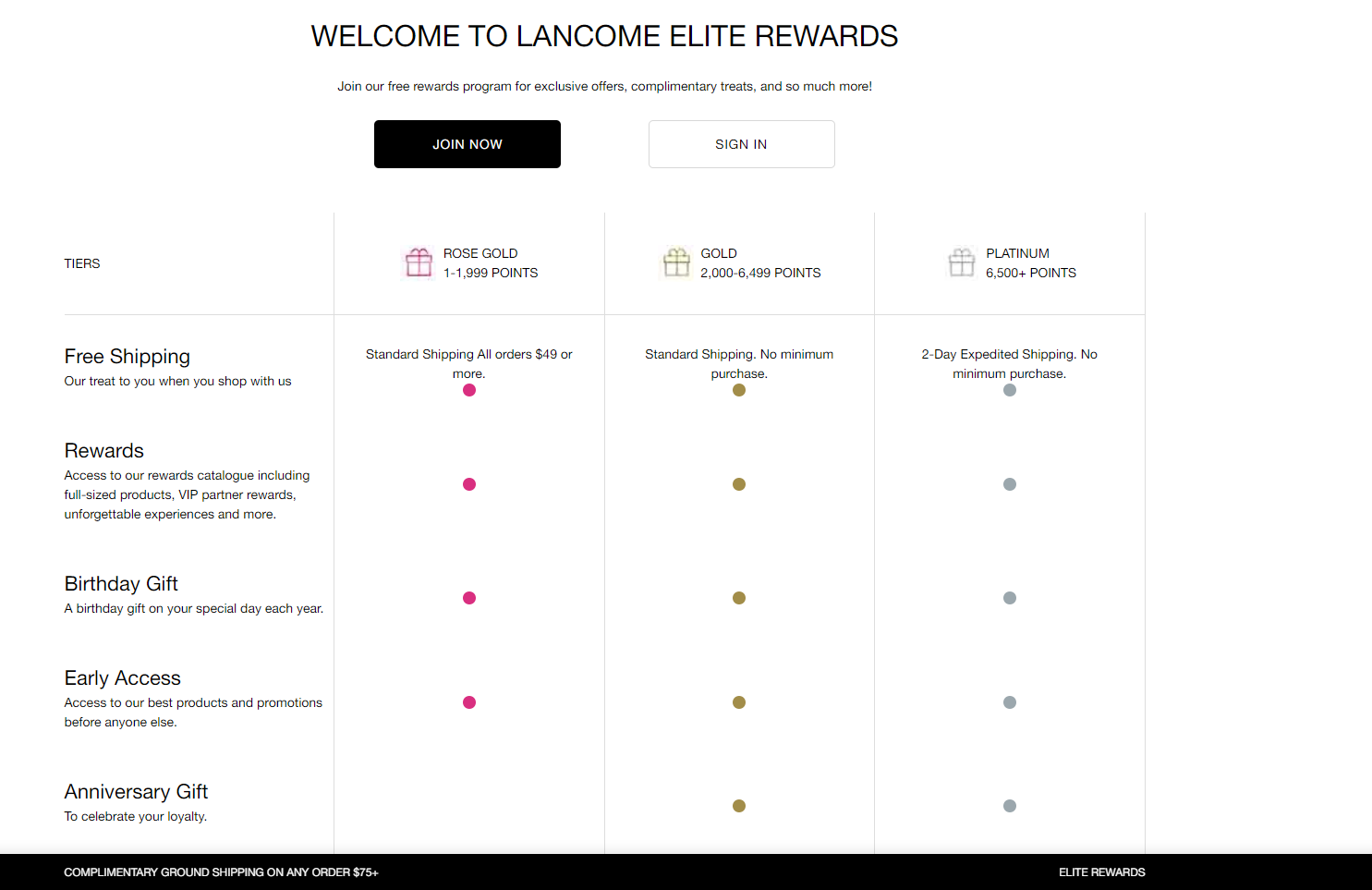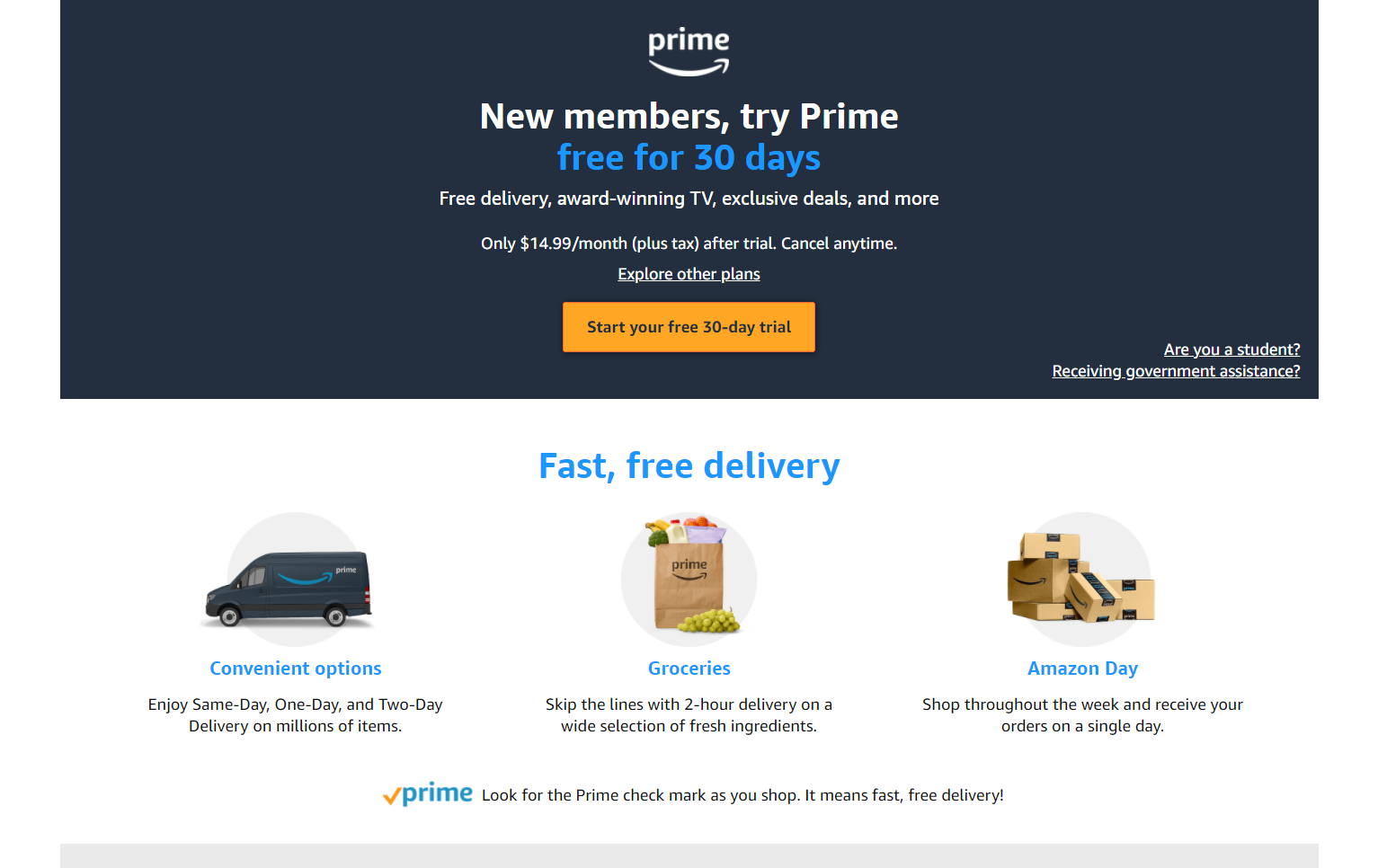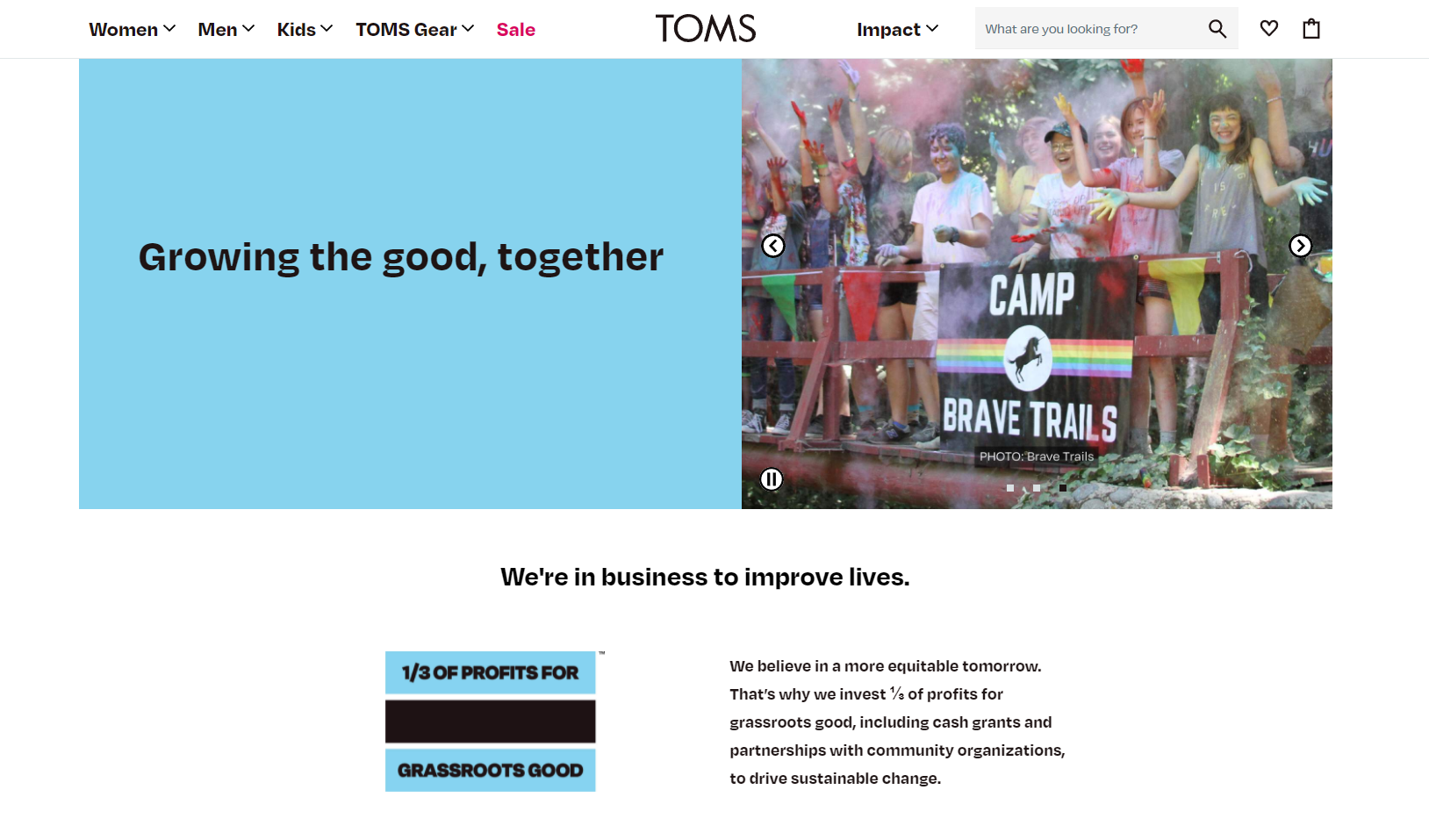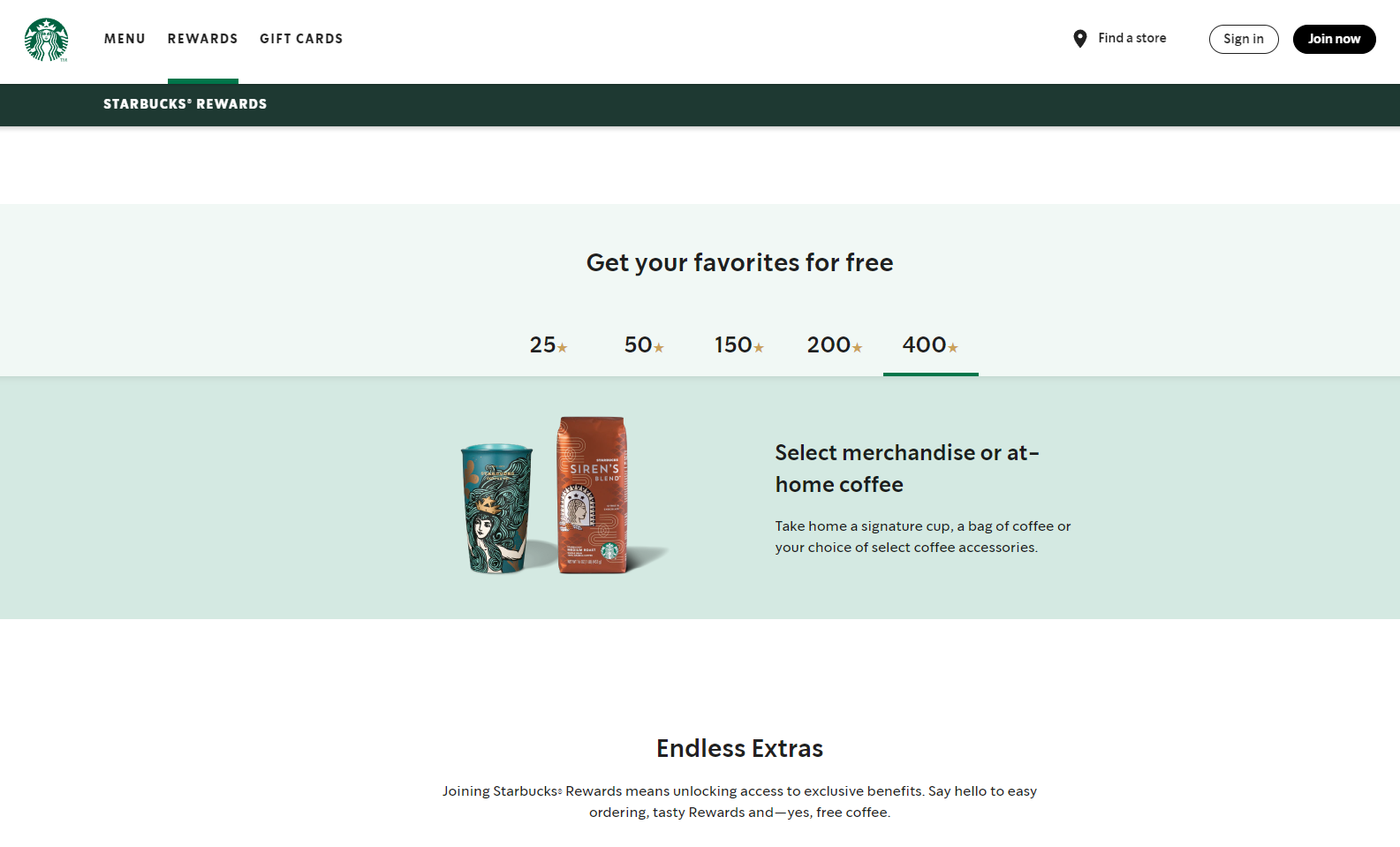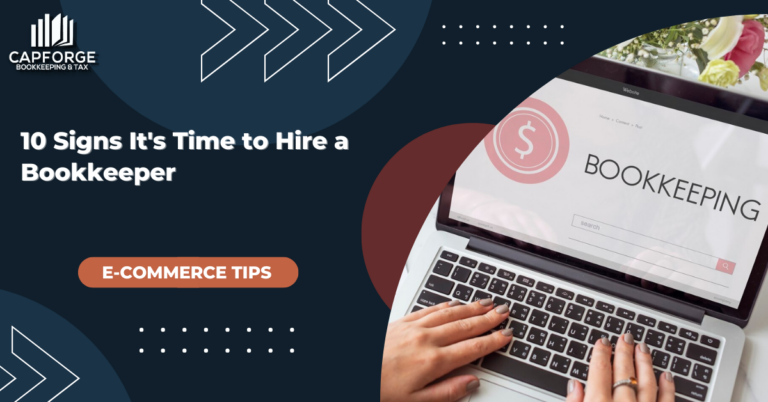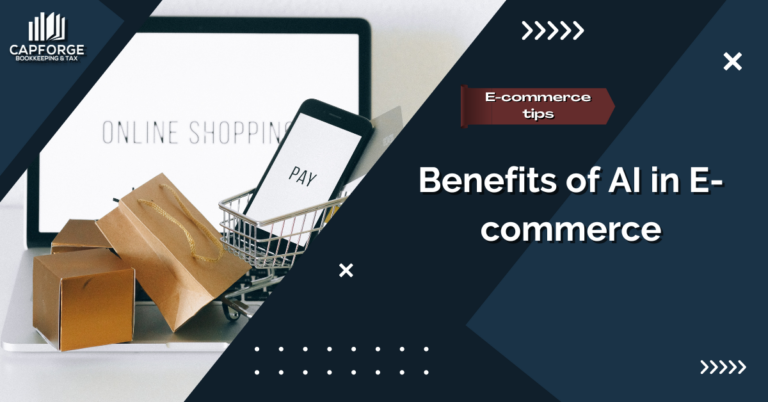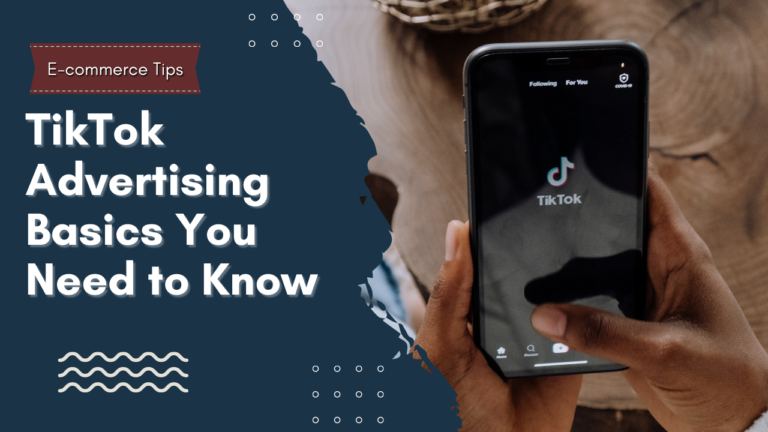E-Commerce Loyalty Program: An Introduction
When your customers keep coming back for your products/services, you know you’re doing something right. Brand loyalty is what turns regular consumers into brand ambassadors, and businesses that master this are the ones that generate consistent revenue. One way to achieve this is through an e-commerce loyalty program, where customers receive rewards for continuing to do business with your brand.
If you’re looking to improve your customer retention rates, perhaps you may want to look into an e-commerce loyalty program. This article will discuss what the program is all about and how you can utilize it to your full advantage.
What is an e-commerce loyalty program?
An e-commerce loyalty program is an incentive-based approach to business that helps boost customer engagement, sales, and retention rates. Customers who make repeat purchases enjoy plenty of benefits like discounts, rebates, coupons, and more. By incentivizing your consumers, you create brand loyalty and encourage them to patronize your business.
We all know how important it is for businesses to acquire new customers, but retaining your existing consumer base is just as crucial. With an e-commerce loyalty program, you show your customers that you value their appreciation of your brand. According to Smallbizgenius, around 75% of consumers favor companies that offer rewards.
Those numbers alone are enough to convince not just big brands but even small to medium-sized enterprises to implement a loyalty program. But there’s more to these reward-based systems than just retaining customers, as we’ll discuss in the next part below.
What are the benefits of an e-commerce loyalty program?
Loyalty programs impact a brand in more ways than one. If you decide to implement one for your business, here are a couple of benefits that you’ll get to experience:
1. Gain deeper insights into your audience’s spending habits
When you implement an e-commerce loyalty program, you can obtain key information about your customers’ purchases. You’ll learn more about your target audience and their buying habits, which can help you create more effective marketing material. Not only that, but loyalty programs can help you identify which products sell well and how you can better promote those items.
2. Deliver on the value proposition
Customers love it when a brand delivers more value than its competitors. Knowing they’ll get the most out of their hard-earned money is one of the main selling points of a loyalty program. Whether a simple cashback or a discount offer, shoppers gravitate towards companies that strongly deliver their value proposition.
Loyalty programs also enhance your brand’s reputation from a consumer perspective. By implementing a reward-based program, you forge positive connections with your target audience, leading to repeat sales down the line. As author Michael LeBoeuf once said, “a satisfied customer is the best business strategy of all.”
3. Stay on top of your competitors
Competition in the e-commerce space is tough, and brands are always looking for ways to stay ahead of their peers. Loyalty programs give consumers a reason to keep choosing your brand because who doesn’t want to save money while shopping for their favorite products?
For example, say your competitors sell a similar item, but they don’t have a rewards system in place. There’s a good chance that shoppers will pick your offerings instead because of the additional perks they get to receive. The quality of the product remains the same, and they get to maximize the value of their purchase!
4. Create brand advocates
Brand advocates aren’t just returning customers who regularly support your brand. They’re the ones who proudly refer your products to friends, family members, and the general public. Loyalty programs help transform your average consumer into a brand advocate that spreads the word whenever chance they get.
Word of mouth marketing remains a powerful tool for generating brand awareness, and people highly trust recommendations due to personal experience. When done right, a loyalty program allows you to build a network of advocates that will help generate consistent revenue for your company.
5. Stop competing with price
When competing with other brands, pricing is a huge factor. People are always on the lookout for the best deals they can find, and often they’ll end up picking a brand that offers great quality at a reasonable price.
The thing is that you don’t have to alter your product pricing with a loyalty program simply because consumers invest emotionally in your brand. They know that when they transact with your business, they’ll get something in return. Every purchase decision makes them feel valued and cared for, which helps strengthen the brand-to-consumer relationship further.
At that point, people can care less about pricing because of their emotional investment towards your brand. The result? More profit, more sales, more satisfied customers.
The different types of an e-commerce loyalty program
Loyalty programs come in many different formats, and choosing the right type of program will depend on your customers’ spending habits and preferences. Let’s discuss the five most common e-commerce loyalty programs below:
1. Point-based program
A point-based program is a loyalty program that uses points for rewards. Customers can collect points thru purchases, reviews, and even sharing posts on social media. Once they gather enough points, they can use them to redeem cashback rewards, discounts, freebies, and more.
Point-based loyalty programs are great for businesses that sell merchandise as it allows customers to earn more points by buying more merchandise. One example is Sephora’s ‘Rewards Bazaar,’ where customers can shop for their favorite products using the points they collect.
2. Tier-based program
A tier-based program works like a membership program where customers get more benefits as they move up in tiers. Brands categorize shoppers into different tiers depending on the points they collect or the amount of money they spend with their purchases. The great thing about tier-based systems is that customers strive to reach higher tiers to obtain more perks.
Lancôme’s Elite Rewards is the perfect example where customers can move up a tier by collecting more points. Their Rose Gold tier offers free shipping, rewards, birthday gifts, and early access, while their Platinum tier offers exclusive event access, anniversary gifts, and complimentary membership rewards.
3. Paid loyalty program
A paid loyalty program is different from the two programs above in that it gives customers instant benefits. They pay an upfront fee and get access to premium perks like one-day shipping, membership-only content, exclusive discounts, and more.
Paid loyalty systems provide instant gratification to customers, and the fact they’re paying a premium for the program makes them feel like they’re part of your brand. While there’s a barrier of entry for consumers, it does make the reward program feel more valuable to your brand advocates. The best example of this type of program is Amazon’s Prime membership. Customers who are Amazon Prime members benefit from lightning-fast shipping along with Prime Gaming and Prime Reading perks.
4. Value-based program
There’s something about a value-based loyalty program that connects with your audience on a deeper level. For example, say you run a clothing brand, and for each purchase your customers make, you donate a portion to Planet Aid, where they recycle and give away clothing to those in need.
While your customers don’t receive rewards directly, the program holds significant value to them personally. Knowing their purchases can help give back to society is a reward in itself, and they appreciate the values your brand represents. Tom’s is a perfect example of this as they donate one-third of their profits to local organizations and help provide footwear to children in need.
5. Gamified loyalty program
A gamified loyalty program takes a creating approach to reward your customers, focusing on engagement. Here, customers complete tasks or challenges to obtain rewards. As they progress through certain stages, they unlock more benefits.
Starbucks implements a gamified loyalty program where customers can collect stars and avail of different items like free drinks, salads, sandwiches, and even signature cups. Gamified programs can be tricky to implement since they require a unique idea to keep customers engaged. If done correctly, expect to generate more repeat sales and solidify your relationship with your target audience even further.
In summary
E-commerce loyalty programs aren’t new, as brands have been implementing them for a long time. If you’re new to the whole rewards system and want to add a loyalty program to your business, consider studying your core audience first. Learn about their buying habits, their preferences, and their needs.
From there, you can choose between the different loyalty programs that best fit your brand and your customers. Hopefully, this article provides you with the information you need to create a successful rewards system and acquire brand advocates in the process.
Accurate bookkeeping is essential to the profitability of your business. If you need help with expert bookkeeping services, our team is here to help. Feel free to fill out the form below, and our team will contact you shortly.



